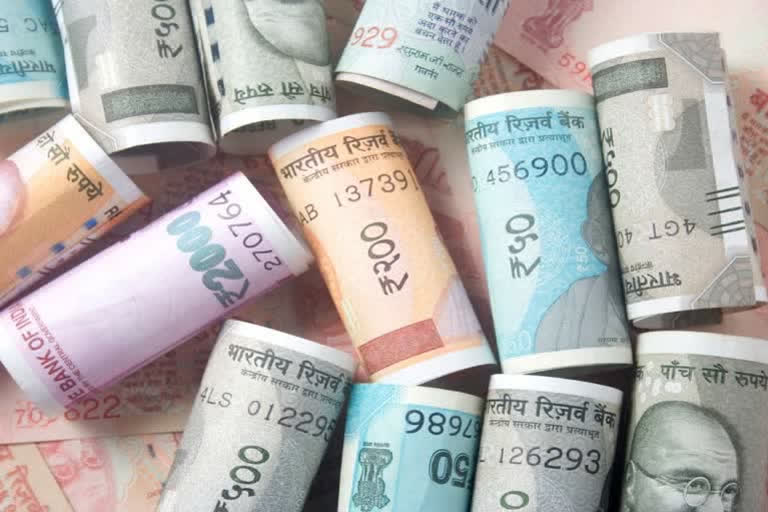Business Desk, ETV Bharat: In a view to provide some financial relief to small borrowers in India due to the Covid-19-induced slowdown, the government last week announced guidelines on the waiver of ‘interest on interest’ on loans of up to Rs 2 crore for the six-month moratorium period ending August 2020.
A certain category of borrowers is now automatically eligible for a cashback from the government in the next few days, irrespective of whether it availed a loan moratorium or not.
Read below the details of the scheme to know whether you will benefit from it and how:
What is the scheme called?
The scheme would be called “Scheme for grant of ex-gratia payment of difference between compound interest and simple interest for six months to borrowers in specified loan accounts (1.3.2020 to 31.8.2020)”.
What is the benefit being extended in this scheme?
Under the scheme, the government will return to you any interest you paid on the interest portion of your loan for the period between 1 March 2020 and 31 August 2020. As per the guidelines, the lending bank will deposit this ‘interest on interest’ in your bank account or adjust it in your outstanding loan amount by 5 November 2020.
However, it is important to note that customers still need to pay the simple interest accumulated on their loan amount during the six-month moratorium period and that has not been waived off.
Who is eligible for this scheme?
Borrowers with loans of up to Rs 2 crore availed across categories like micro, small and medium enterprise (MSME) loan, education loan, housing loan, consumer durables loan, credit card dues, auto loan, personal and professional loan and consumption loan are covered under this scheme.
Notably, only those loan accounts which were standard and not non-performing assets (NPAs) as on 29 February 2020 will be eligible for the benefit.
Read more: Taxes on petrol, diesel may go up to fund Covid relief measures
Also, the benefit would be extended to even those who did not avail of any moratorium, either fully or partially. So, even if you have paid your EMIs on time during March-August 2020, you will be entitled for a cashback.
The scheme would apply to all lending institutions including a banking company, public sector bank, co-operative bank or regional rural bank, an all-India financial institution, a non-banking financial company (NBFC) or a housing finance company (HFC).
How will the cashback amount be calculated?
The cashback amount will be the difference between the compound interest and simple interest on the outstanding loan amount for a period of six months between March and August 2020. The rate of interest to be applied for calculating the difference will be the same rate as specified in the original loan agreement as on 29 February. If the interest rate for the loan has changed after that, it will not be taken into account for the scheme.
If your loan account was closed during that six-month period, the payment will be made from 1 March 2020 till the date of closure of such account.
What happens in the case of credit card dues?
For credit card dues, the rate of interest will be the weighted average of lending rate (WALR) charged by the card issuer for transactions financed on the EMI basis from its customers during the period from 1 March 2020 to 31 August 2020. The computation of WALR should be certified by the statutory auditor of the card issuer.
How significant will be the benefit?
According to experts, the exact extent of the waiver benefit will depend on the stage of the loan and outstanding principal amount.
The scheme is likely to benefit those borrowers more whose loans are in initial years of repayment as the interest component forms a major chunk of EMIs during these years. If the interest portion is high, then the compound interest will also be high. Therefore, the waiver amount or the cashback amount or the benefit, as you call it, will also be on the higher side for such borrowers.



